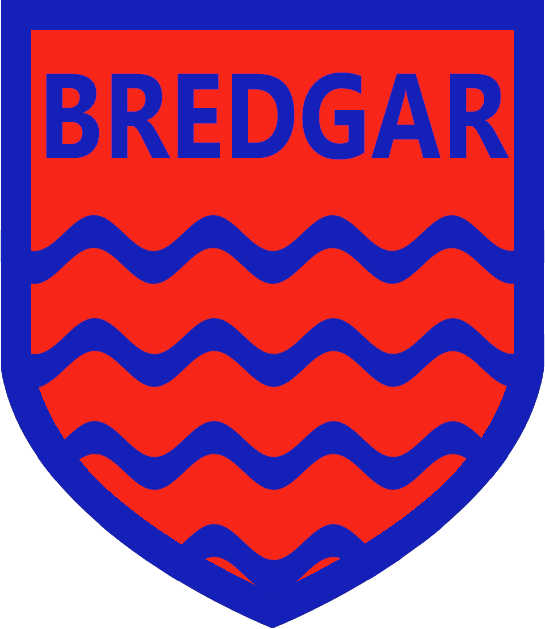Computing
Approach to Computing
Intent:
At Bredgar our intention is to provide a high-quality computing education that equips all pupils with the skills and knowledge to thrive in an increasingly digital world. We aim to develop:
- Computational Thinking: Pupils will be encouraged to think critically and creatively, solving problems through logical reasoning and a structured approach.
- Digital Literacy: We intend to foster an understanding of technology and the safe, responsible use of digital resources. Pupils will learn how to independently navigate digital spaces and recognise the importance of online safety.
- Collaboration and Communication: Our curriculum encourages teamwork and effective communication skills through collaborative projects, preparing pupils to work well with others in a digital context.
- Engagement and Enthusiasm: We aim to develop a passion for computing through engaging and relevant contexts, inspiring pupils to explore further learning opportunities in the field of technology.
Implementation:
At Bredgar our computing curriculum is designed to be progressive, dynamic, and inclusive. In order to do this, we have chosen to follow the Teach Computing scheme provided by the National Centre for Computing Education [https://teachcomputing.org/].
- Curriculum Structure: Our curriculum is built around both the national curriculum for computing, and structured using Teach Computing with occasional supplementary resources, ensuring all aspects of digital literacy, computer science, and information technology are covered. Pupils participate in a well-structured sequence of lessons that build foundational skills and knowledge in a logical progression.
- Cross-Curricular Links: Computing is integrated across subjects, enhancing the relevance of digital skills in numerous contexts. For instance, pupils may create presentations in history, use data analysis in mathematics, or design graphics for art projects.
- Hands-On Learning: We prioritise practical learning experiences by using a variety of technological tools such as programming software, media recording and interactive applications. This hands-on approach fosters engagement and reinforces learning.
- Online Safety Education: We provide a comprehensive online safety curriculum that teaches pupils to navigate the internet safely and responsibly. Areas of this are covered as part of the P.S.H.E. and R.S.E. lessons.
- Professional Development: Our teaching staff are provided with support and resources to ensure they remain knowledgeable about the latest technologies and pedagogical strategies in computing. This commitment to professional growth enhances the overall quality of instruction.
- Assessment and Feedback: We implement formative assessments throughout the year, allowing teachers to gauge pupil understanding and adapt teaching strategies accordingly. Most feedback is given at the point of learning and some record of work my be kept as evidence in curriculum folders.
Impact:
The impact of our computing curriculum is reflected in several key outcomes:
- Pupil Achievement: We will demonstrate strong progress in pupils' computing skills, with the majority achieving or exceeding age-related expectations. Regular assessments confirm this progress and inform future teaching practices.
- Increased Engagement: Pupil feedback indicates a high level of interest and enjoyment in computing lessons.
- Safe and Responsible Users: With our focus on online safety, pupils show an awareness of potential online risks and can articulate strategies to protect themselves and their peers while engaging with technology.
- Real-World Application: Pupils apply their computing skills across various subjects and in real-life situations, demonstrating their understanding of how technology underpins modern society.
- Future Readiness: Our pupils leave primary school equipped with essential digital skills facilitating a smooth transition to secondary education and beyond.
By ensuring our computing curriculum embodies these elements, we are committed to providing a high-quality educational experience that continue to provide children with the skills needed for an increasingly digital work.
-
Computing Folder 1 - Approach
download_for_offline
download_for_offlineComputing Folder 1 - Approach
- Computing Folder 2a - Subject overview and progression download_for_offline
download_for_offlineComputing Folder 2a - Subject overview and progression
- Computing Folder 3a - Lesson planning download_for_offline
download_for_offlineComputing Folder 3a - Lesson planning
- Computing Folder 4 - S E N D and inclusion download_for_offline
download_for_offlineComputing Folder 4 - S E N D and inclusion
- Computing Folder 5 - Assessment download_for_offline
download_for_offlineComputing Folder 5 - Assessment
↑ - Computing Folder 2a - Subject overview and progression download_for_offline



